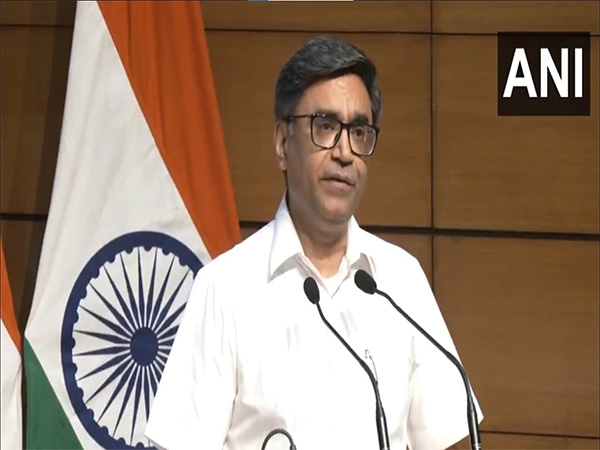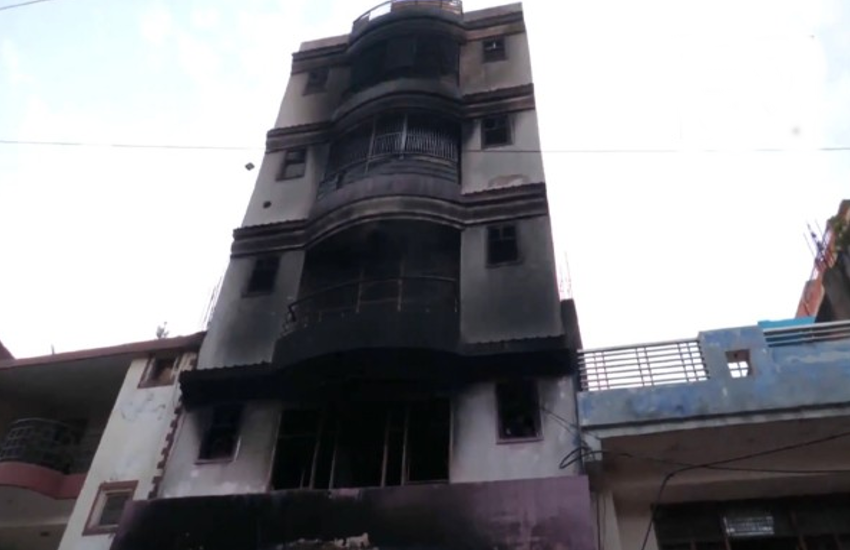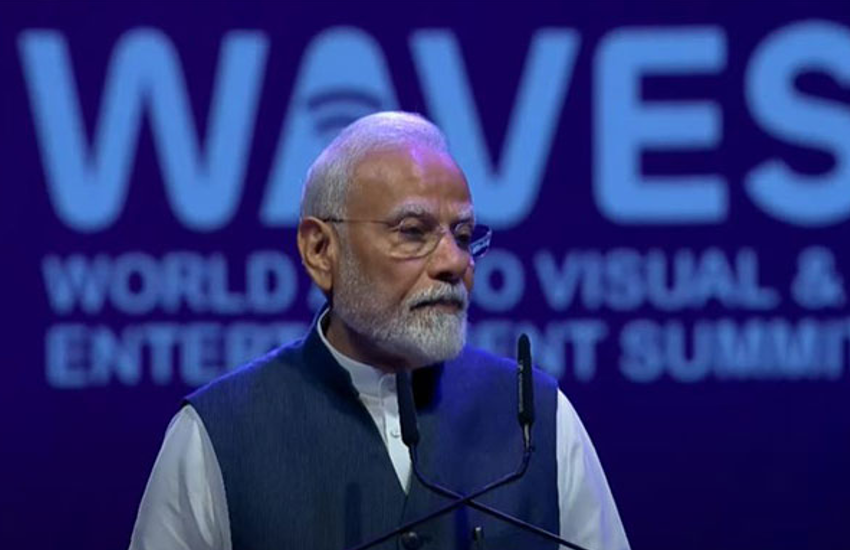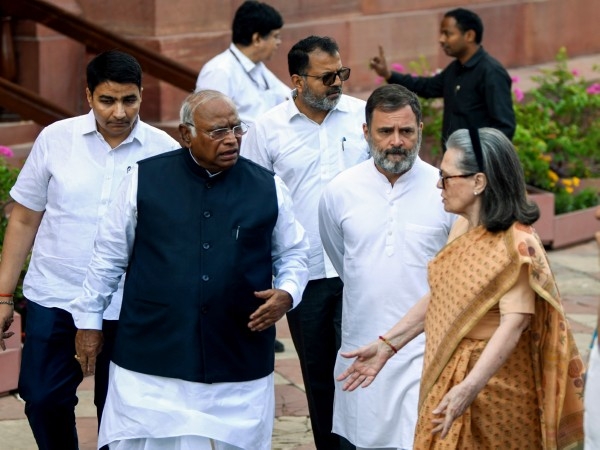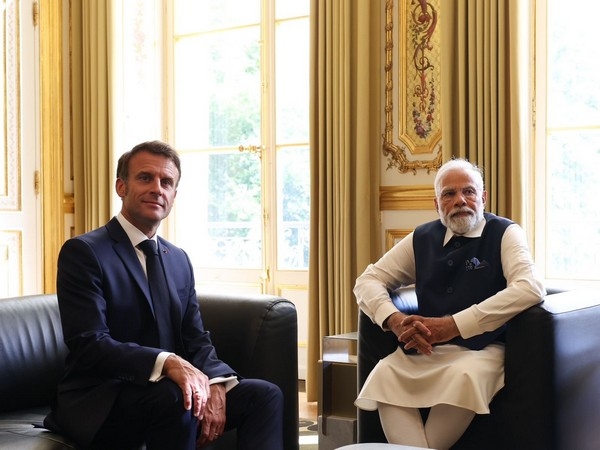Modi's war plan for 2019: Centre shifts its focus to rural India

- BJP was known to be a party of the richer classes
- It has now decided to change tactic and focus on the villages
- The NDA-ruled Centre is hoping to assure victory in 2019 with this planning
- Where all in the Centre putting in its money
- How does this make them any different from UPA?
Prime Minister Narendra Modi last year termed the Mahatma Gandhi National Rural Employment Guarantee Act (MNREGA) as a "living monument of Congress' failure". This year, however, his government allocated a record Rs 38,500 crore for the rural employment guarantee scheme in the Union budget.
The outlay for agriculture was increased by 44% to Rs 35,984 crore in the same budget. In addition, several initiatives like Crop Insurance Scheme, Prime Minister's Agriculture Irrigation Scheme and Ujjawala Scheme focus solely on the rural sector.
Additionally, the deadline for completion of projects under the Prime Minister's Rural Roads Scheme and Prime Minister's Rural Housing Scheme was reduced from 2022 to 2019.
All such measures have led to the speculations that Modi is making his path to victory in 2019 Lok Sabha polls through the villages of India.
On 'mission mode'
In a meeting of the chief ministers of BJP-ruled states in Delhi on Saturday, Modi asked everyone to work on "mission mode" for better implementation of central government schemes, especially those aimed at benefitting the poor.
The political analysts are wondering whether Modi, who rose to power riding the popularity wave of the middle class, is now focusing on the lesser-privileged segments. Is he aiming to repeat the performance of 2014 by courting the support of the rural electorate?
Has he taken a cue from the UPA-I government that managed to win 2009 elections through flagship schemes like MNREGA?
"You should look at the initial phase of the Modi government. Modi tried his best to bulldoze amendments in the Land Acquisition Act through ordinances. The government was least bothered about the backlash of the farmers then," points out a senior journalist.
"The change in the government attitude was evident in the second quarter of 2015 when the government retreated on the Land Acquisition Act. Schemes like 'Make in India' and Smart City Projects' were on the backburner and rural development programmes took centre stage in 2016," the journalist further adds.
Change in tactic...
A close scrutiny of Modi government's policies and decisions prove this analysis right. After swallowing its pride on the Land Acquisition Act, the government introduced the Prime Minister's Agriculture Irrigation Scheme and Deen Dayal Upadhyay Gram Jyoti Yojana in July 2015.
In January 2016, the Prime Minister's Crop Insurance Scheme was launched. Three months later, e-National Agriculture Market (e-NAM) project was launched.
It was followed by the announcement of Pradhan Mantri Ujjawala Yojna in May 2016. And the PMO is believed to be the main architect behind all these schemes.
...and more money
Furthermore, the allocation for the agriculture sector was increased from Rs 24,909 crore to Rs 35, 984 crores in this year's budget.
The Finance Ministry opened its coffers for MNREGA as well with an outlay of Rs 38,500 crore. A Rs 20,000 crore fund was established for major irrigation schemes through the National Bank of Rural Development (NABARD) .
The Modi government also launched 'Gramodaya se Bharat Uday Abhiyan ( Rising India through the Rising Villages Mission)' in April, on the 125th birth anniversary of BR Ambedkar.
According to media reports, the Rural Development Ministry has reduced the deadline of linking 65,000 villages through roads under the Prime Minister's Rural Roads Scheme and providing 1 crore houses to the rural people under the Prime Minister's Rural Housing Scheme to 2019.
Perception change
The veteran journalist and political observer Neerja Chowdhury says, "There is a common perception that BJP is a party of the richer classes. Modi's links with the industrialists as the chief minister of Gujarat were often discussed in the media. Now, we see him talking about the poor all the time. This is a big change."
"The government is trying to extend the benefit of at least one of the central schemes to every rural family by the end of 2018. The government believes it would result in the consolidation of a huge voter base for the next elections," reveals a senior official of the central Agriculture Ministry.
The official adds, "The urban middle-class expects a rapid change from the government. It is not possible for any government to meet all their expectations. In contrast, the villagers hope for much less. They feel gratitude even for a small improvement in their lives made by the government. This is the reason this government is focusing more on farmers and labourers."
Key to power
Professor Anand Pradhan, Associate Professor at Indian Institute of Mass Communications (IIMC), believes the government is wary of the distress among the farmers and the landless labourers, which had reached the tipping point because of the past two years of drought.
"There is no doubt that rural India still holds the key to power in India. Therefore, winning the heart of villages is necessary for Delhi's throne. The Modi government is trying to do the same," he says.
Pradhan reminds that the Vajpayee government had lost power in 2004 owing to the dissatisfaction among the rural electorate. Neerja Chowdhury agrees with Pradhan.
"The bitter reality is that economic reforms have not benefitted farmers and other poor sections. One cannot deny the reality that these segments hold the key to power in India," she says.
"The UPA government had tried to strike a balance between the urban and rural divide by introducing schemes like MNREGA and NRHM, introducing the Right to Education (RTE) and Food Security Bill. The Modi government is also trying to do the same through a slew of its own initiatives," Neerja adds.
Focus group
Both UPA and NDA governments have formulated benevolent policies for rural India. Where does the difference lie then? According to a senior official of the Union Ministry of Rural Development, the difference lies in the approach of the current government.
"Most of the rural schemes launched by the UPA government were aimed at directly benefitting the rural poor. Whereas, the Modi government is concentrating on systemic changes. The schemes aimed at direct benefits are more popular in the short-term, but they are also more prone to corruption. We saw the same happening in MNREGA," the official points out.
In Neerja's opinion, inflation and corruption proved to be the reasons for UPA's downfall. "The present government should also guard against inflation and people's heightened expectations," she says.
There is no doubt that the focus on the rural population is much-needed for bridging inequality. However, it remains to be seen whether Modi is successful in doing so.
As senior political analyst Pushpesh Pant cautions, "The issue of development should not be lost in controversies surrounding Modi's ministers and their associates."
Edited by Jhinuk Sen
Also read: The takeover: how the Modi govt has filled key positions in 14 institutions
Also read: New year, new cabinet: Modi govt and BJP set for major overhaul
Also read: Narendra Modi's Republic of Fear
Also read: Where are the Achche Din: 5 promises that have come back to haunt PM Modi
Also read: Old tweets, videos make the rounds as Twitter takes PM Modi to task on FDI 'U-turn'
First published: 30 August 2016, 2:18 IST
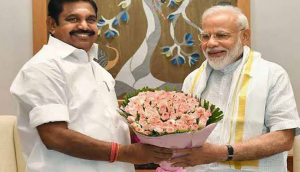
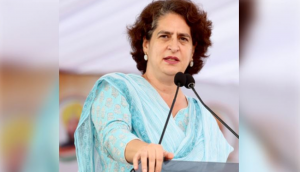
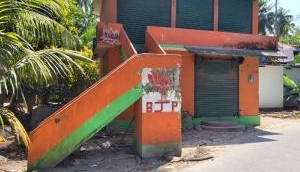
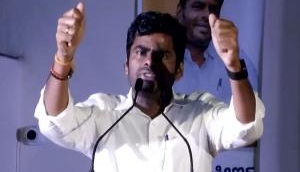

![BJP's Kapil Mishra recreates Shankar Mahadevan’s ‘Breathless’ song to highlight Delhi pollution [WATCH] BJP's Kapil Mishra recreates Shankar Mahadevan’s ‘Breathless’ song to highlight Delhi pollution [WATCH]](https://images.catchnews.com/upload/2022/11/03/kapil-mishra_240884_300x172.png)

![Anupam Kher shares pictures of his toned body on 67th birthday [MUST SEE] Anupam Kher shares pictures of his toned body on 67th birthday [MUST SEE]](https://images.catchnews.com/upload/2022/03/07/Anupam_kher_231145_300x172.jpg)


